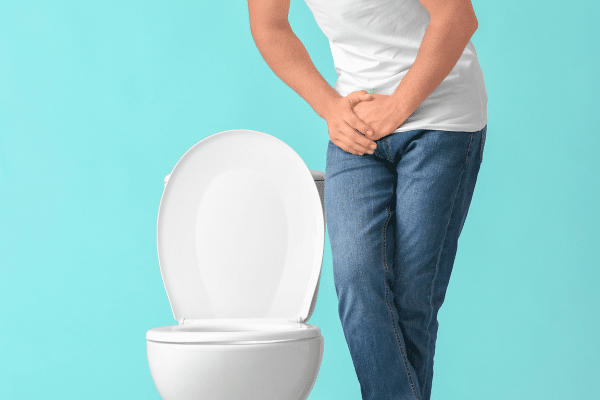As we age, our bodies go through numerous changes, and one of those changes is experiencing an Overactive Bladder (OAB). What exactly does OAB entail? It’s a condition that affects the bladder, resulting in sudden and frequent urges to urinate. This can be very uncomfortable, embarrassing, and possibly disrupt daily activities. In this blog post, we will explore what OAB is, its symptoms, some statistics, and intriguing facts about the condition.
Understanding Overactive Bladder (OAB)
Overactive bladder, commonly referred to as OAB, arises when the bladder muscles involuntarily contract, creating an urgent and often abrupt need to urinate, even when the bladder is not full. Although anyone can develop OAB, it is more prevalent among older adults.
According to the National Association for Continence (NAFC), over 33 million Americans exhibit OAB symptoms. Approximately 30% of men and 40% of women in the United States are affected by this condition. Though OAB can be found in individuals of any age, it’s especially common among the older population, with more than 50% of individuals aged 65 and above experiencing symptoms.
Symptoms of Overactive Bladder
The main symptom of OAB is an urgent and sudden need to urinate. Other symptoms may include:
- Frequent urination (eight or more times within 24 hours)
- Nocturia (waking up more than twice at night to urinate)
- Urgency incontinence (leaking urine before reaching the restroom)
Preventing Overactive Bladder
Overactive bladder is a common condition, but you can reduce the risk of developing OAB by adopting several healthy lifestyle habits. Maintaining a healthy weight, staying physically active, and exercising regularly are essential, since obesity and a sedentary lifestyle increase the risk of urinary issues. Limiting caffeine and alcohol intake is also advisable, as both substances can exacerbate OAB symptoms and weaken bladder muscles.
Kegel exercises, which strengthen the pelvic muscles, can also enhance bladder control and decrease OAB symptoms.
What is the Best Medication for OAB?
Selecting the appropriate medication for overactive bladder depends on various factors such as symptom severity, individual response to drugs, potential side effects, and other underlying medical conditions. There isn’t a singular “best” OAB medication, as treatment must be individualized.
Common medications for treating OAB include:
- Anticholinergics: These drugs relax the bladder muscle and reduce spasms. Examples include oxybutynin, tolterodine, solifenacin, darifenacin, myrbetriq, and fesoterodine. They are available as pills, patches, or topical gels.
- Beta-3 adrenergic agonists: The primary drug in this category is mirabegron, which relaxes the bladder muscle and increases storage capacity.
- Combination therapies: Some individuals may benefit from a combination of medications, such as an anticholinergic paired with mirabegron, for improved symptom management.
- Topical Estrogen: Postmenopausal women may be prescribed topical estrogen therapy to enhance the tone and function of the urethra and bladder.
- Botulinum toxin injections: In severe cases where other treatments have failed, botulinum toxin injections into the bladder muscle might be considered.
Fascinating Facts about OAB
Here are a few intriguing facts about OAB you might find interesting:
- OAB can be triggered by various factors including neurological conditions, medications, and lifestyle habits such as caffeine and alcohol consumption.
- OAB can be managed through a combination of lifestyle changes, medications, and occasionally surgery.
- While women are more susceptible to OAB, men who have undergone prostate surgery face a higher risk.
- Kegel exercises, involving the contraction and relaxation of muscles used for urine control, can help improve bladder control.
